Toothpaste Hacks and Uses: Who knew that humble tube of minty freshness held so much potential beyond just keeping our pearly whites sparkling? I’m constantly amazed by the clever ways everyday items can be repurposed, and toothpaste is a shining example! From tackling stubborn stains to polishing dull surfaces, this DIY powerhouse deserves a spot in your cleaning arsenal.
While toothpaste’s primary purpose has always been oral hygiene, its abrasive and cleaning properties have been recognized for generations. Think back to your grandmother’s tips – chances are, she had a toothpaste trick or two up her sleeve! This isn’t just some modern fad; it’s a rediscovery of time-tested solutions.
In today’s world, we’re all looking for ways to simplify our lives, save money, and reduce our reliance on harsh chemicals. That’s where these toothpaste hacks and uses come in. Imagine effortlessly removing scuff marks from your shoes, restoring shine to your jewelry, or even defogging your bathroom mirror – all with a simple dab of toothpaste! I’m excited to share these easy and effective DIY solutions that will not only make your life easier but also help you discover the hidden potential of this everyday essential.
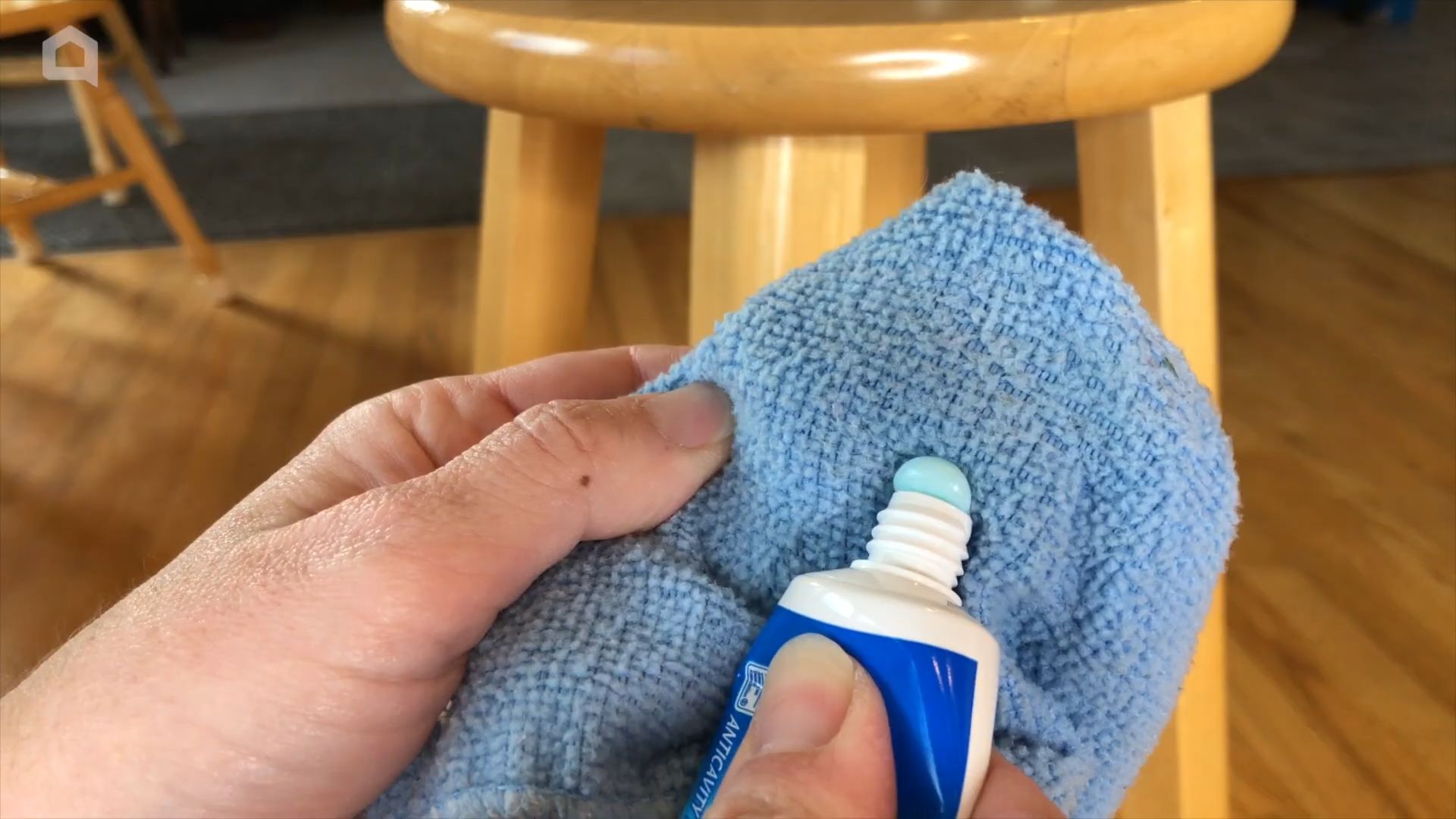
Unlocking the Unexpected: Amazing Toothpaste Hacks You Need to Know!
Hey there, fellow DIY enthusiasts! I’m always on the lookout for clever ways to use everyday items in unexpected ways. And let me tell you, toothpaste is a powerhouse beyond just keeping your pearly whites sparkling! Get ready to be amazed by these incredible toothpaste hacks that will simplify your life and save you money.
Cleaning Powerhouse: Beyond the Bathroom Sink
Toothpaste isn’t just for teeth; it’s a surprisingly effective cleaner for a variety of surfaces. The mild abrasives in toothpaste help to gently scrub away grime and stains without being overly harsh.
Polishing Silverware and Jewelry
Is your silverware looking dull? Don’t rush out to buy expensive silver polish! Toothpaste can work wonders.
Here’s how to do it:
1. Gather your supplies: You’ll need a soft cloth, an old toothbrush (optional), toothpaste (non-gel is best), and warm water.
2. Apply the toothpaste: Squeeze a small amount of toothpaste onto the soft cloth.
3. Gently rub: Rub the toothpaste onto the tarnished silverware or jewelry, using gentle circular motions. For intricate designs, use the old toothbrush to get into those hard-to-reach areas.
4. Rinse thoroughly: Rinse the item thoroughly with warm water, making sure to remove all traces of toothpaste.
5. Dry and buff: Dry the item with a clean, soft cloth. Buff it gently to restore its shine.
Important Note: Avoid using toothpaste on delicate jewelry, such as pearls or opals, as it can damage them. Always test a small, inconspicuous area first.
Removing Water Rings from Wood Furniture
Those dreaded water rings on your wooden furniture are a common annoyance. But don’t despair! Toothpaste can often help lift them.
Here’s the process:
1. Gather your supplies: You’ll need a soft cloth, toothpaste (non-gel is best), and a slightly damp cloth.
2. Apply the toothpaste: Apply a small amount of toothpaste to the water ring.
3. Gently rub: Gently rub the toothpaste into the ring using a soft cloth. Use circular motions. Be careful not to apply too much pressure, as you don’t want to damage the finish.
4. Wipe away the toothpaste: Use a slightly damp cloth to wipe away the toothpaste residue.
5. Dry and buff: Dry the area with a clean, soft cloth. You may need to repeat this process a few times for stubborn rings.
Important Note: This method works best on newer water rings. Older, more deeply set rings may require professional furniture restoration. Always test in an inconspicuous area first.
Cleaning Chrome Fixtures
Chrome fixtures in your bathroom and kitchen can easily become dull and stained with water spots. Toothpaste can bring back their shine.
Here’s how to clean chrome with toothpaste:
1. Gather your supplies: You’ll need a soft cloth, toothpaste (non-gel is best), and warm water.
2. Apply the toothpaste: Apply a small amount of toothpaste to the chrome fixture.
3. Rub and scrub: Rub the toothpaste onto the fixture using a soft cloth. For stubborn spots, you can use an old toothbrush.
4. Rinse thoroughly: Rinse the fixture thoroughly with warm water.
5. Dry and buff: Dry the fixture with a clean, soft cloth. Buff it to a sparkling shine.
Cleaning Sneakers
Got some dirty sneakers? Toothpaste can help clean the rubber soles and even the canvas or leather uppers (test first!).
Here’s the sneaker cleaning method:
1. Gather your supplies: You’ll need an old toothbrush, toothpaste (non-gel is best), warm water, and a clean cloth.
2. Apply the toothpaste: Apply a small amount of toothpaste to the dirty areas of your sneakers.
3. Scrub: Use the old toothbrush to scrub the toothpaste into the dirt and grime.
4. Rinse: Rinse the sneakers thoroughly with warm water.
5. Dry: Allow the sneakers to air dry completely. You can stuff them with paper towels to help them retain their shape.
Important Note: Avoid using toothpaste on delicate materials like suede or nubuck. Always test a small, inconspicuous area first.
Beauty and Personal Care Hacks
Believe it or not, toothpaste can also be used for a few beauty and personal care tricks.
Spot Treatment for Acne
This is probably one of the most well-known toothpaste hacks. The ingredients in toothpaste can help dry out pimples and reduce inflammation.
Here’s how to use toothpaste as a spot treatment:
1. Cleanse your skin: Wash your face with a gentle cleanser and pat it dry.
2. Apply the toothpaste: Apply a small dab of toothpaste (non-gel is best) directly to the pimple.
3. Leave it on overnight: Leave the toothpaste on overnight.
4. Rinse in the morning: Rinse the toothpaste off with warm water in the morning.
Important Note: This method works best on pimples that are already close to the surface. Avoid using toothpaste on open wounds or irritated skin. Also, don’t use whitening toothpaste, as it can be too harsh. If you have sensitive skin, test a small area first.
Soothing Minor Burns
Toothpaste can provide temporary relief from minor burns. The cooling sensation can help soothe the pain.
Here’s how to use toothpaste on a minor burn:
1. Cool the burn: Immediately cool the burn under cold running water for several minutes.
2. Apply the toothpaste: Apply a thin layer of toothpaste (non-gel is best) to the burn.
3. Leave it on: Leave the toothpaste on until the pain subsides.
4. Rinse gently: Rinse the toothpaste off gently with cool water.
Important Note: This method is only for minor burns. For severe burns, seek medical attention immediately.
Removing Garlic or Onion Odor from Hands
Chopping garlic or onions can leave a lingering odor on your hands. Toothpaste can help neutralize the smell.
Here’s how to remove garlic or onion odor:
1. Wet your hands: Wet your hands with water.
2. Apply the toothpaste: Apply a small amount of toothpaste to your hands.
3. Rub your hands together: Rub your hands together as if you were washing them with soap.
4. Rinse thoroughly: Rinse your hands thoroughly with water.
Household Helpers
Toothpaste can also be a surprising asset around the house.
Removing Crayon Marks from Walls
Kids love to express their creativity, but sometimes that creativity ends up on the walls. Toothpaste can help remove crayon marks.
Here’s how to remove crayon marks:
1. Gather your supplies: You’ll need a soft cloth, toothpaste (non-gel is best), and warm water.
2. Apply the toothpaste: Apply a small amount of toothpaste to the crayon marks.
3. Gently rub: Gently rub the toothpaste onto the crayon marks using a soft cloth.
4. Wipe away the toothpaste: Wipe away the toothpaste residue with a damp cloth.
5. Dry: Dry the area with a clean cloth.
Important Note: Test in an inconspicuous area first to make sure the toothpaste doesn’t damage the paint.
Defogging Bathroom Mirrors
Tired of foggy bathroom mirrors after a hot shower? Toothpaste can help prevent fogging.
Here’s how to defog your mirror:
1. Apply the toothpaste: Apply a thin layer of toothpaste to the mirror.
2. Wipe it off: Wipe off the toothpaste with a clean, damp cloth.
3. Buff: Buff the mirror with a dry cloth.
This will leave a thin film that prevents the mirror from fogging up.
Cleaning Iron Soleplates
Over time, the soleplate of your iron can accumulate residue and scorch marks. Toothpaste can help clean it.
Here’s how to clean your iron soleplate:
1. Make sure the iron is cool: Ensure the iron is completely cool and unplugged.
2. Apply the toothpaste: Apply a small amount of toothpaste to the soleplate.
3. Rub: Rub the toothpaste onto the soleplate using a soft cloth.
4. Wipe clean: Wipe the soleplate clean with a damp cloth.
5. Dry: Dry the soleplate with a clean cloth.
Important Note: Avoid getting toothpaste inside the steam vents.
Important Considerations
Before you start using toothpaste for these hacks, keep these points in mind:
* Use Non-Gel Toothpaste: Non-gel
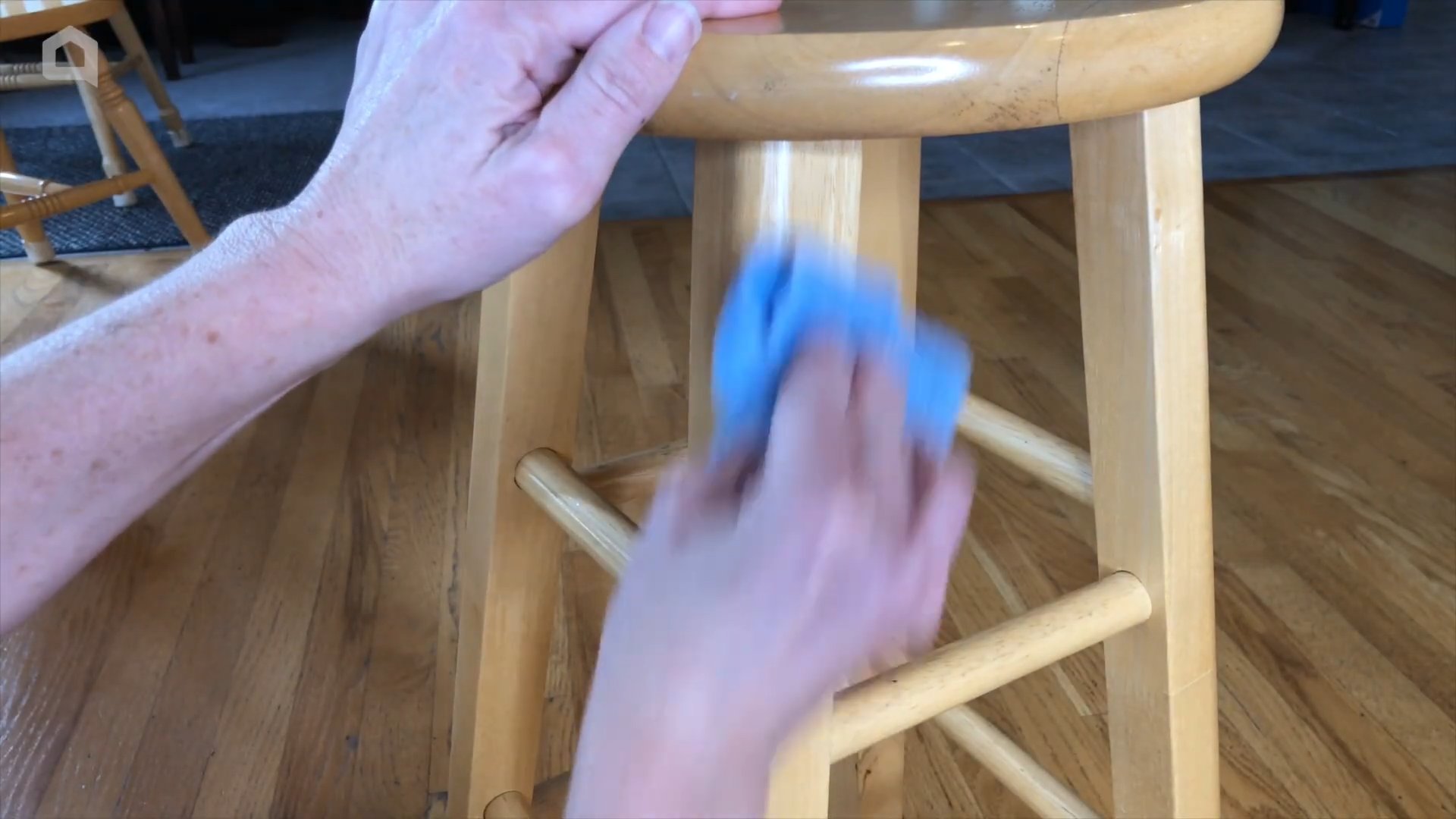
Conclusion
So, there you have it! We’ve explored a range of surprising and effective toothpaste hacks that extend far beyond just oral hygiene. From tackling stubborn stains to polishing everyday items, the versatility of this humble tube is truly remarkable. The beauty of these DIY tricks lies not only in their simplicity but also in their cost-effectiveness. Why spend a fortune on specialized cleaning products when you likely already have a powerful solution sitting in your bathroom?
Why is this a must-try? Because these toothpaste hacks are game-changers. They’re quick, easy, and utilize a product you already have. Think about the time and money you’ll save by banishing those pesky water rings from your wooden furniture or restoring the shine to your tarnished silverware with a simple dab of toothpaste. These aren’t just temporary fixes; they’re practical solutions that can make a noticeable difference in your daily life.
But don’t stop there! Feel free to experiment and adapt these techniques to suit your specific needs. For instance, if you’re dealing with particularly stubborn stains on your clothing, try pre-treating the area with a paste of toothpaste and baking soda before washing. Or, if you’re polishing delicate jewelry, opt for a non-gel toothpaste to minimize the risk of scratching. You can even add a few drops of essential oil, like lemon or lavender, to your toothpaste cleaning solution for a more pleasant scent. The possibilities are endless!
We’ve covered a lot of ground, from cleaning your sneakers to defogging your bathroom mirror. Remember, a little goes a long way. Always test a small, inconspicuous area first, especially when dealing with delicate surfaces. And be sure to rinse thoroughly after applying toothpaste to prevent any residue buildup.
Now it’s your turn to put these toothpaste hacks to the test! We’re confident that you’ll be amazed by the results. Don’t just take our word for it; experience the magic of toothpaste for yourself. We encourage you to try out these DIY tricks and share your experiences with us in the comments below. Let us know which hacks worked best for you, any variations you tried, and any other creative uses you’ve discovered for this everyday essential. Your feedback will not only help other readers but also contribute to our growing community of toothpaste enthusiasts! Let’s unlock the full potential of this household staple together and discover even more innovative ways to use toothpaste beyond just brushing our teeth. We can’t wait to hear your success stories!
Frequently Asked Questions (FAQs)
1. What kind of toothpaste works best for these hacks?
Generally, a plain white, non-gel toothpaste is recommended for most of these hacks. Gel toothpastes often contain ingredients that aren’t as effective for cleaning or polishing purposes. Avoid using whitening toothpastes on delicate surfaces, as they can be abrasive and potentially cause damage. For cleaning electronics screens, avoid any toothpaste with abrasive ingredients. Read the ingredient list carefully to ensure it’s a basic formula.
2. Can I use toothpaste on all types of surfaces?
No, it’s crucial to exercise caution and test a small, inconspicuous area first before applying toothpaste to any surface. Avoid using toothpaste on porous materials like unsealed wood or delicate fabrics, as it can be difficult to remove and may cause staining. Also, be careful when using toothpaste on painted surfaces, as it can potentially dull the finish. Always rinse thoroughly after applying toothpaste to prevent residue buildup.
3. Will toothpaste scratch delicate surfaces?
Some toothpastes contain abrasive ingredients that can scratch delicate surfaces like jewelry, electronics screens, or certain types of metal. To minimize the risk of scratching, opt for a non-gel toothpaste and apply it gently with a soft cloth. Avoid using excessive pressure and rinse thoroughly after polishing. For particularly delicate items, consider using a specialized cleaning product designed for that specific material.
4. How do I remove toothpaste residue effectively?
To remove toothpaste residue, use a damp cloth to wipe the area thoroughly. You may need to repeat this process several times to ensure all the residue is gone. For stubborn residue, try using a mild soap solution or a mixture of water and vinegar. Be sure to dry the area completely after cleaning to prevent water spots or other damage.
5. Can I use toothpaste to clean my car’s headlights?
Yes, toothpaste can be an effective way to clean cloudy or yellowed car headlights. Apply a small amount of toothpaste to a damp cloth and rub it onto the headlight in a circular motion. Rinse thoroughly with water and dry with a clean cloth. You may need to repeat this process several times to achieve the desired results. However, be aware that this is a temporary fix and the headlights may eventually need to be professionally polished.
6. Is it safe to use toothpaste on my skin for acne or blemishes?
While some people claim that toothpaste can help dry out acne or blemishes, it’s generally not recommended by dermatologists. Toothpaste can be harsh and irritating to the skin, potentially causing redness, dryness, or even allergic reactions. There are many other effective and safe acne treatments available, so it’s best to consult with a dermatologist for personalized advice.
7. Can I use toothpaste to remove permanent marker stains?
Toothpaste can sometimes be effective in removing permanent marker stains from certain surfaces, such as hard plastics or sealed countertops. Apply a small amount of toothpaste to the stain and rub it gently with a cloth. Wipe away the toothpaste and marker residue with a damp cloth. You may need to repeat this process several times. However, be aware that this method may not work on all surfaces or with all types of permanent markers.
8. How often should I use these toothpaste hacks?
The frequency of using these toothpaste hacks depends on the specific application and the condition of the item you’re cleaning or polishing. For example, you may need to clean your sneakers more frequently than you polish your silverware. Use your best judgment and avoid overusing toothpaste, as it can potentially cause damage over time.
9. Are there any surfaces I should absolutely avoid using toothpaste on?
Yes, avoid using toothpaste on the following surfaces:
* Porous materials like unsealed wood or delicate fabrics
* Painted surfaces (unless testing a small, inconspicuous area first)
* Leather
* Certain types of plastics that are easily scratched
* Antique furniture or valuable items
10. What if I experience an allergic reaction to toothpaste after using it for these hacks?
If you experience any signs of an allergic reaction, such as redness, itching, swelling, or difficulty breathing, discontinue use immediately and seek medical attention. Allergic reactions to toothpaste are rare but can occur, especially if you have sensitivities to certain ingredients.

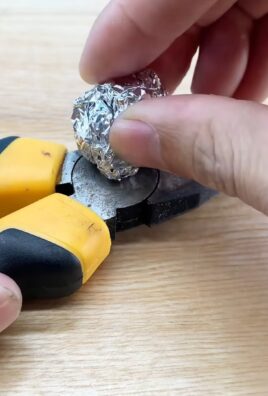
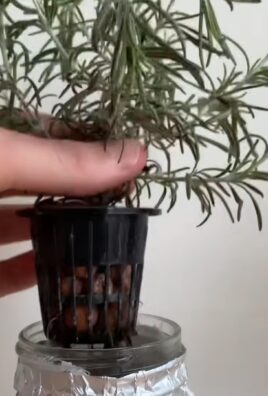
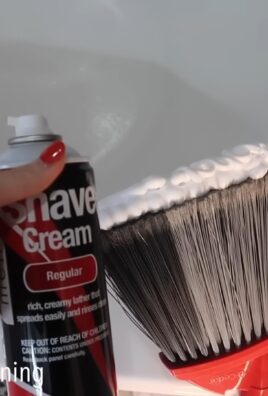
Leave a Comment